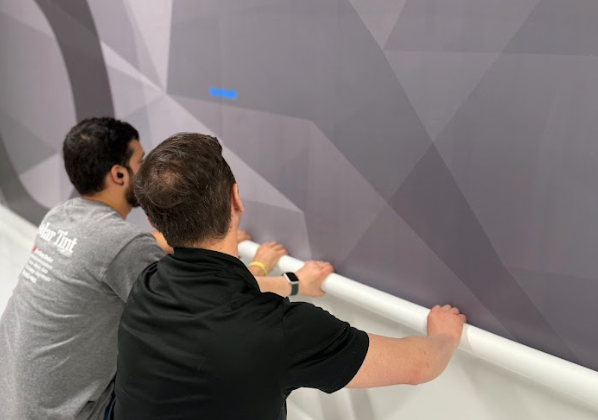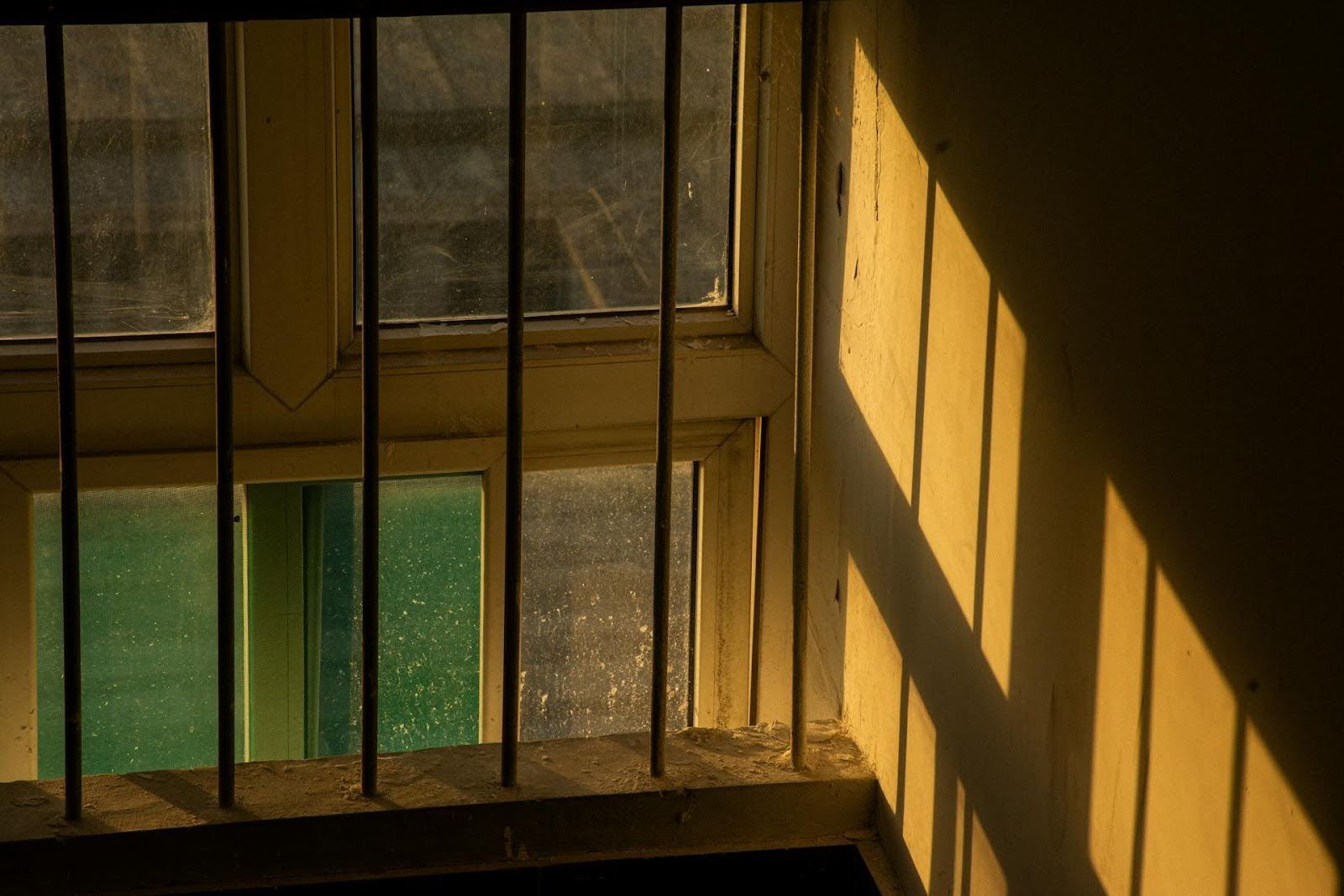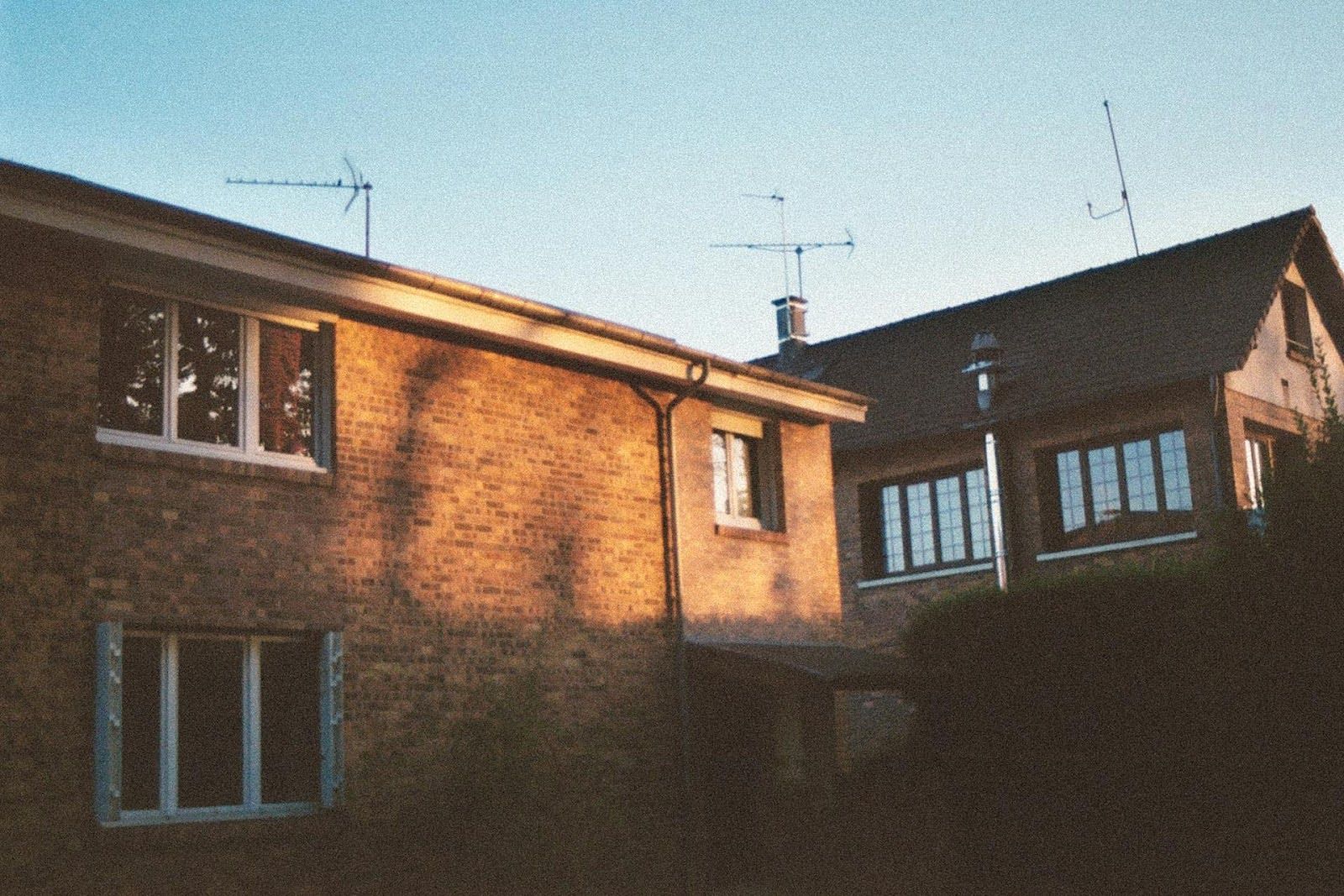Can Window Film Protect Sea Turtles? Real Examples of Technology Helping Wildlife
If you’ve ever walked a Florida beach during summer nesting season, you know how extraordinary it feels. Dozens of tiny sea turtles hatch from the sand and instinctively race toward the ocean.
But here’s the problem: instead of heading toward the moonlit horizon, many of them get disoriented by bright artificial lights from buildings along the coast. The result can be tragic; thousands of hatchlings never make it to the water.
That’s why scientists, conservationists, and even window film experts are working together on innovative solutions.
But can window film actually protect sea turtles? The right kind of film, when installed properly, helps reduce harmful light pollution while still keeping coastal buildings functional and attractive.
Let’s dive deeper into this.
Why Artificial Light Confuses Hatchlings
Newly hatched sea turtles rely on natural light cues. The moon and stars reflecting off the water create a horizon line that directs them safely to the ocean.
But in coastal areas filled with condos, hotels, and homes, artificial lighting is far brighter than natural moonlight.
- Hatchlings crawl toward street lamps or illuminated windows.
- They get stuck on roadways or in landscaping, vulnerable to predators.
- Many die from exhaustion before ever reaching the sea.
Since every female sea turtle returns to nest on the same beach where she hatched, losing one generation affects future populations. With species already endangered, light pollution is considered one of the most preventable causes of mortality.
Local Ordinances and Conservation Efforts
Many Florida communities have adopted “turtle-friendly lighting” ordinances requiring property owners to minimize visible light during nesting season (March through October). These rules often include:
- Using amber-colored outdoor bulbs is less disruptive to turtles.
- Shielding fixtures so light is directed downward, not outward toward beaches.
- Applying window treatments that block interior light from spilling outside.

This is paragraph text. Click it or hit the Manage Text button to change the font, color, size, format, and more. To set up site-wide paragraph and title styles, go to Site Theme.
This is where window film becomes a powerful tool, offering compliance without sacrificing comfort or views for residents and visitors.
Where Window Film Fits In
Window film may seem like a small detail, but it can make a measurable impact. By filtering or dimming the light escaping from buildings at night, film reduces the glow visible from nesting beaches.
Unlike blackout curtains that block views entirely, certain films allow people inside to enjoy daylight and oceanfront views while minimizing nighttime light pollution.
Films have been used successfully in coastal hotels, condos, and private residences to reduce disorientation rates.
Real Examples of Film Making a Difference
Florida Hotels and Resorts
Several beachfront hotels have adopted specialized films to meet sea turtle lighting ordinances. Guests can still keep lights on inside their rooms without flooding the beach with glare. In some monitored areas, hatchling disorientation dropped significantly after installation.
Coastal Condominiums
Condo associations along Florida’s Gulf and Atlantic coasts have turned to window films as a building-wide solution.
Instead of relying on each resident to close curtains at night, tinted films provide consistent protection across all units. This ensures compliance with ordinances and protects wildlife while maintaining building aesthetics.
Private Homes
Individual homeowners have also contributed. By installing turtle-friendly films, they reduce their environmental impact and become part of larger community conservation efforts.
For many, it’s a point of pride—knowing their property is part of keeping Florida’s beaches alive with wildlife.
Balancing Conservation and Comfort
The beauty of window film is that it balances human needs with environmental protection. Residents and visitors continue to enjoy open views and modern amenities, while hatchlings receive clearer, darker pathways to the sea.
Added advantages include:
- Energy efficiency – films block solar heat during the day.
- UV protection – preserving floors, furniture, and artwork inside.
- Reduced glare – making interior spaces more comfortable year-round.
Few other solutions deliver benefits for both people and wildlife in such a simple, lasting way.
What Makes Film “Turtle-Friendly”?
Not all window films work for this purpose. Turtle-friendly films typically:
- Reduce visible light transmission so interiors appear dimmer from outside.
- Avoid mirrored finishes that could confuse wildlife or disrupt building design.
- Work seamlessly with other measures, like shielded exterior lights and drawn blinds during peak nesting season.
Effectiveness depends on proper material selection and professional installation, ensuring the film looks natural inside while meeting environmental standards outside.
Community Impact
Sea turtle nesting is a part of Florida’s culture and economy. Communities often host guided turtle walks, school programs, and volunteer beach patrols.
When property owners participate by installing window film, they’re reinforcing community-wide conservation goals.
The results are tangible: fewer disoriented hatchlings, more successful nests, and thriving ecotourism built around protecting Florida’s wildlife.
Looking Ahead: Technology and Wildlife Protection
As development along coastlines continues, incorporating technology into conservation strategies becomes increasingly important.
Window film is just one tool, but it represents a larger shift, finding ways for modern life and fragile ecosystems to coexist.
So, can window film protect sea turtles? The growing number of success stories from Florida’s beaches says yes.
By reducing light pollution at its source, films help hatchlings find their way home to the ocean, preserving a cycle of life that has existed for over 100 million years.
Solar Tint Inc: Protecting Views, Protecting Wildlife
At Solar Tint Inc., we believe technology should enhance both human comfort and environmental stewardship.
Our window tinting services allow coastal properties to comply with turtle-friendly ordinances, reduce light pollution, and create cooler, more efficient interiors.
If you live or operate near the coast, you don’t have to choose between protecting wildlife and enjoying your property. With the right film, you can do both.
Contact us today to learn how we can help you contribute to sea turtle conservation—while making your home or business more comfortable!





















